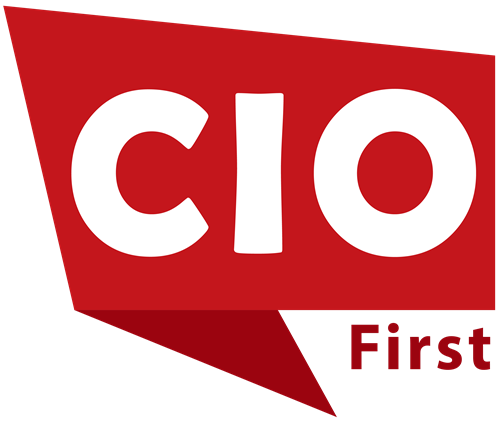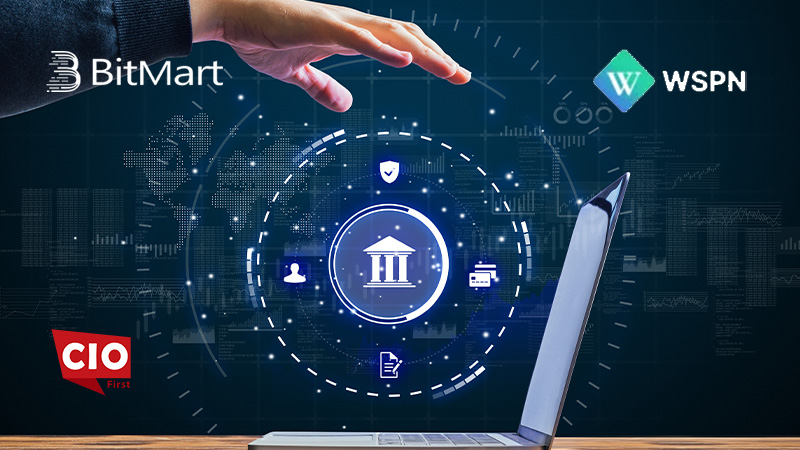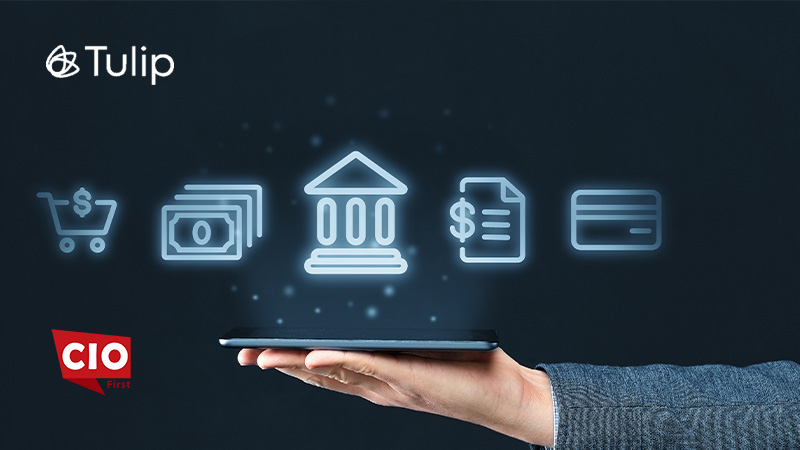Sophos, a leading global cybersecurity provider, has launched new integrations that embed its Sophos Intelix threat intelligence directly into Microsoft Security Copilot and Microsoft 365 Copilot. This move promises to supercharge threat detection and response with real-time, AI-powered cyber intelligence within two of Microsoft’s most significant platforms.
Sophos processes more than 223 terabytes of telemetry daily in its Sophos Central platform, translating into over 34 million threat detections and automatic blocking of more than 11 million threats every day. This massive volume of data feeds into Sophos Intelix – its threat-intelligence repository powered by insights from Sophos X-Ops — which is now exposed inside Microsoft’s Copilot ecosystem.
What the New Integration Enables
Sophos Intelix + Microsoft Security Copilot
For security operations (SecOps) teams, Sophos Intelix integrates directly into Microsoft Security Copilot, Microsoft’s generative-AI assistant designed for security analysts. With this integration, analysts can:
Enrich and triage alerts faster using sandbox detonation results and dynamic behavioral analysis from Sophos Intelix.
Investigate indicators of compromise — including file, URL, and IP reputation queries — directly within Copilot.
Gain global threat context and prevalence data drawn from Sophos X-Ops telemetry.
These capabilities help streamline threat investigation and make richer threat context available directly within Microsoft’s AI-powered security workflows.
Sophos Intelix + Microsoft 365 Copilot
The integration also extends to Microsoft 365 Copilot, bringing threat intelligence directly into productivity tools like Teams, Outlook, and the Copilot chat interface. Users including IT administrators, risk managers, and business decision-makers can:
Ask about the threat status of a link, file, or domain using natural language inside Microsoft 365.
Receive real-time reputation checks and verdicts on potential malicious content.
Make more informed security decisions without leaving their everyday productivity environment.
By embedding intelligence in M365 productivity tools, Sophos aims to democratize access to threat insights — giving business users and IT teams alike a way to validate safety quickly.
Strategic Implications for the Cybersecurity Industry
1. AI-Augmented Defense at Scale
This integration speeds up a new model of human-AI collaboration in security. Integrating Sophos’ intelligence with Microsoft Copilot lets organizations turn alerts into actions quickly. Security analysts can work more efficiently and with better context. This boosts small SecOps teams’ maturity and lowers their need for manual research.
2. Democratizing Threat Intelligence
Traditionally, deep threat intelligence has been the domain of large enterprises with mature SOCs. Sophos’ move makes that intelligence accessible to a much broader audience – including smaller organizations and business users – by embedding it into widely used Microsoft productivity tools. This “democratization” could shift how companies of all sizes view and operationalize cybersecurity.
Also Read: Salesforce Acquires Informatica
3. Strengthening Microsoft-Sophos Ecosystem Synergies
The integration strengthens the partnership between Sophos and Microsoft. It goes beyond just security tools. Microsoft Copilot includes threat intelligence, boosting Sophos’s role in the Microsoft ecosystem. Meanwhile, Microsoft improves its AI-driven security features. This could also drive more joint go-to-market opportunities for both companies.
4. Enabling Proactive and Contextual Response
Reactive security is no longer sufficient. Integrating real-time Intelix data helps organizations get richer insights. This leads to quicker responses and smarter, more proactive decisions. Security analysts can decide if a new URL or file should be blocked or quarantined.
5. Addressing the Skills Gap
Many organizations struggle to maintain large, highly skilled security teams. Sophos’ AI-driven approach – surfacing intelligence where people already work – can help compensate for resource constraints. As Sophos highlighted, smaller businesses often lack the capacity to investigate every alert. Embedding intelligence in Copilot lets non-expert users conduct basic threat investigations. This helps boost the organization’s overall resilience.
Business Impacts for Organizations
Security Teams & SOCs: Analysts get faster and broader threat context. They don’t need to switch tools, which boosts their efficiency and decision-making.
IT & Business Leaders: Using threat intelligence in Microsoft 365 helps leaders track risks more effectively. They can also make security decisions right from their usual productivity tools.
Small and Medium Businesses (SMBs): They get enterprise-level insights for free in the Copilot ecosystem. This helps level the playing field in cybersecurity.
Microsoft-Driven Environments: Companies that invest heavily in Microsoft can gain the most benefits. This integration fits well with their current workflows.
Risks & Considerations
Trust & False Positives: Users must place trust in AI-generated intelligence. If the assessments are too cautious or too extreme, they might block valid content or miss real threats.
Data Privacy & Governance: As threat intelligence meets productivity tools, organizations must manage data access wisely. This helps prevent misuse or exposure of sensitive threat data.
Training & Adoption: Teams need training to use Copilot’s threat intelligence features well. This helps them make smart decisions using AI-enhanced insights.
Reliance on Microsoft Copilot: This connects Sophos intelligence to Microsoft’s Copilot. This might not suit groups using different systems or looking to depend less on one vendor.
Conclusion
Sophos has integrated Intelix threat intelligence into Microsoft Security Copilot and Microsoft 365 Copilot. This is a big step forward for AI-assisted cybersecurity. Sophos gives organizations global telemetry and threat context in Microsoft’s Copilot ecosystem. It speeds up threat investigations. It cuts response times. Also, it helps non-expert teams make smart security choices.
AI is changing cybersecurity. This partnership shows a bigger trend: threat intelligence is shifting. It used to be for specialized analysts, but now it’s a key feature in everyday tools. In the cybersecurity field, this shows how AI can make protection easier for everyone. It boosts defenses and improves security results for organizations of all sizes.























